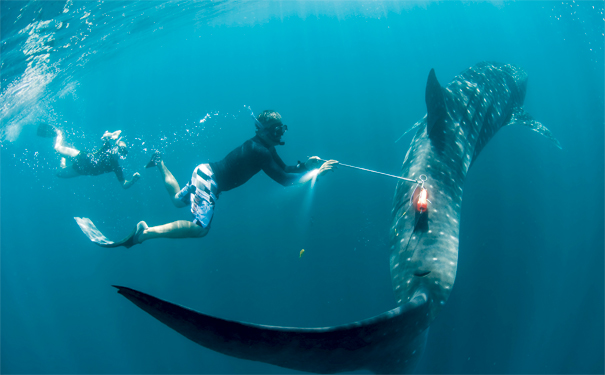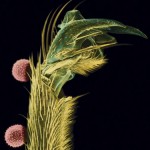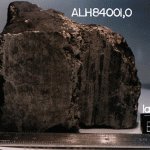
Image: Juergen Freund/Rolex Awards
Brad Norman has loved the ocean since he was a little boy, but after a surreal encounter with a feeding whale shark, he decided to dedicate his life to protecting the species.
The Australian marine conservationist encountered the massive fish in 1995 while conducting master’s degree research at Murdoch University in Perth, WA. As it passed, the whale shark ignored Norman completely. “I was laughing into my snorkel,” he says, recalling “a mix of excitement and relief.”
Soon he was diving with the species regularly, intrigued by how little researchers knew. These gentle giants, which can grow to 18 metres long during their lifetime, sport glowing white spots on their skin. Norman thought the markings might be used to identify individuals just as fingerprints identify humans.
Before a 1986 review, Norman soon discovered, there were only 320 recorded observations of whale sharks. He realised that no one had any clue how many individuals there were in the world. And so, in 1999, Norman founded Ecocean, a database where he and other divers could pool their photos of the whale sharks and their markings. The idea was to find a way to identify individual sharks and to raise public awareness of the species.






